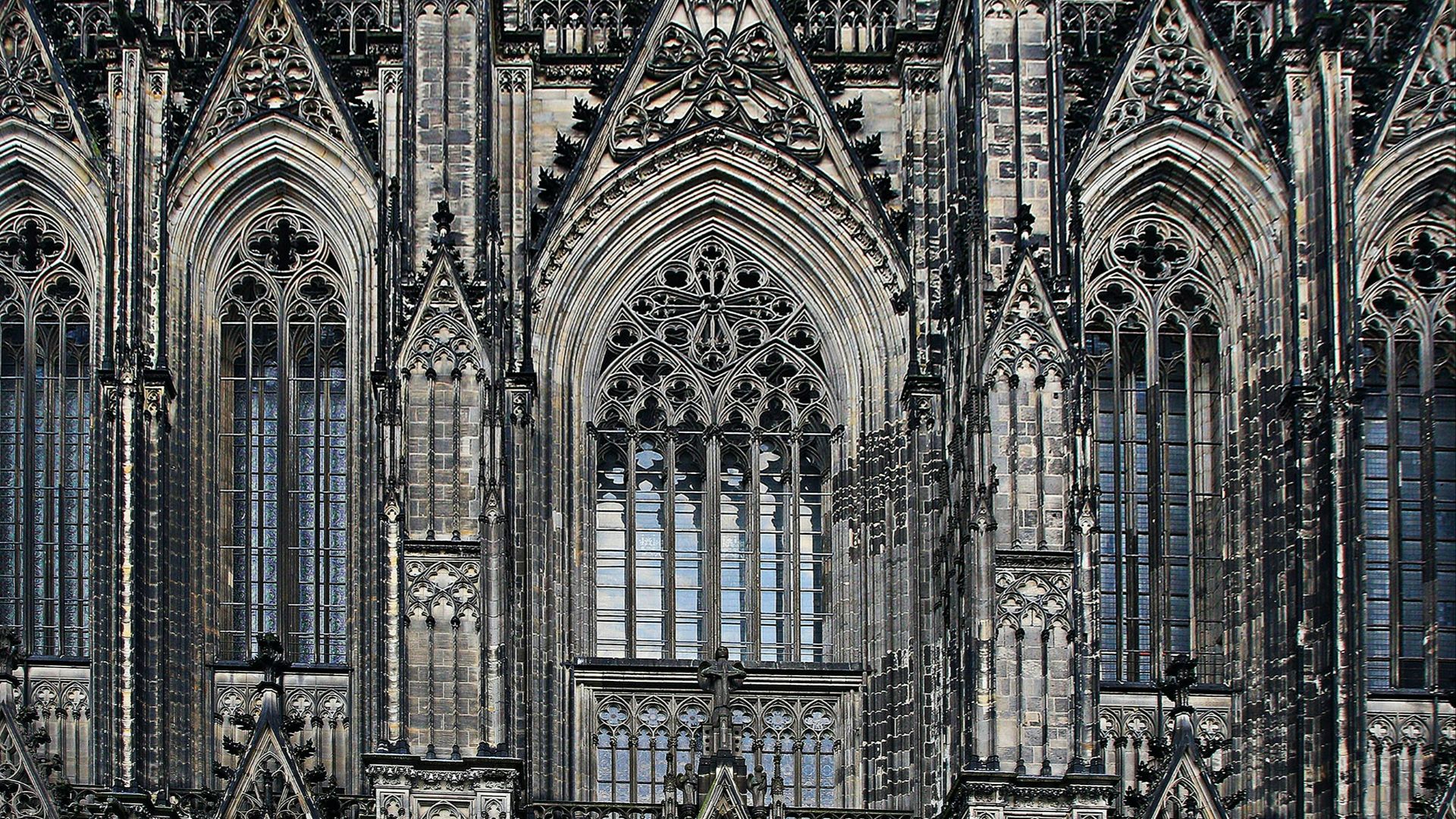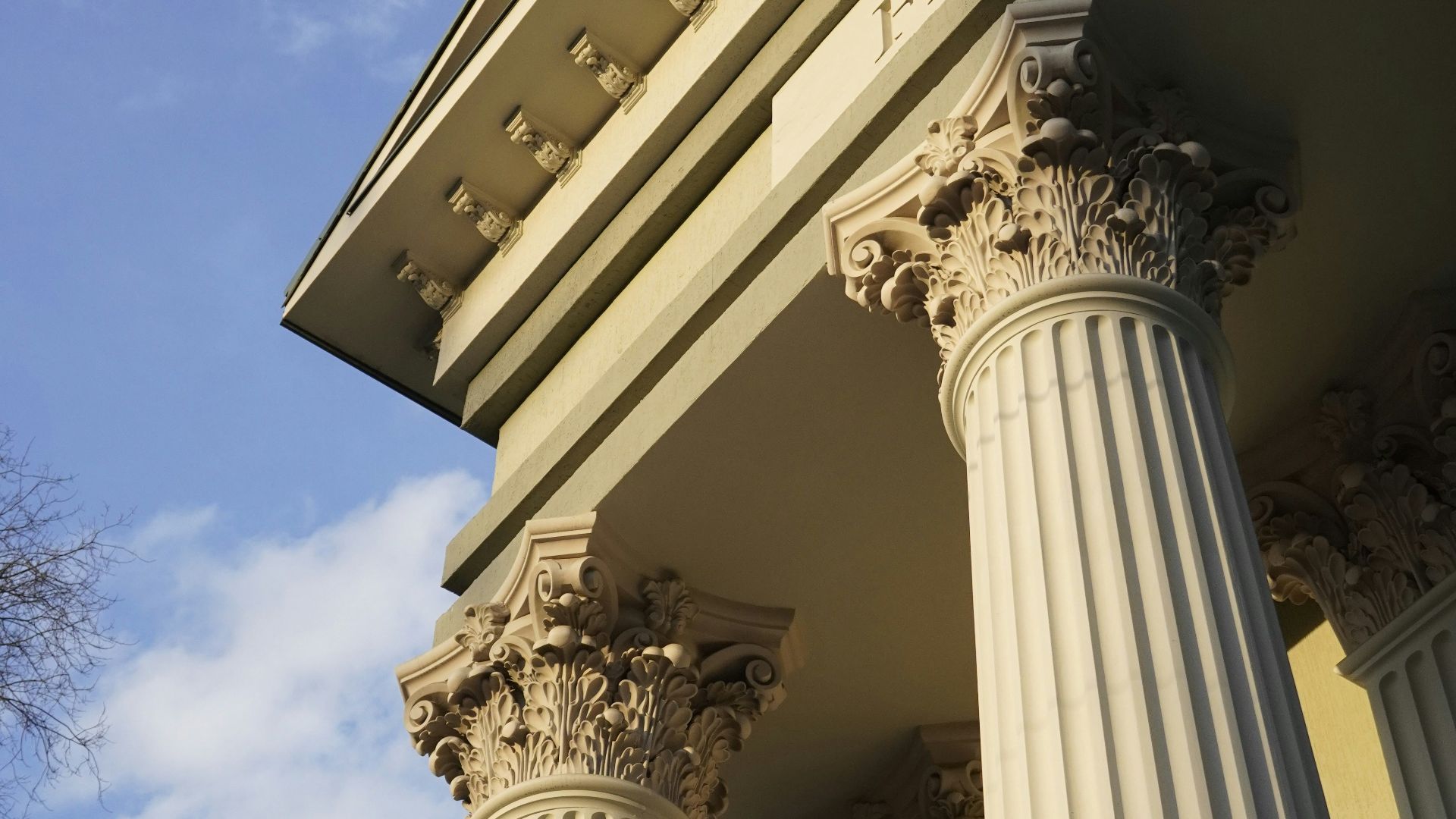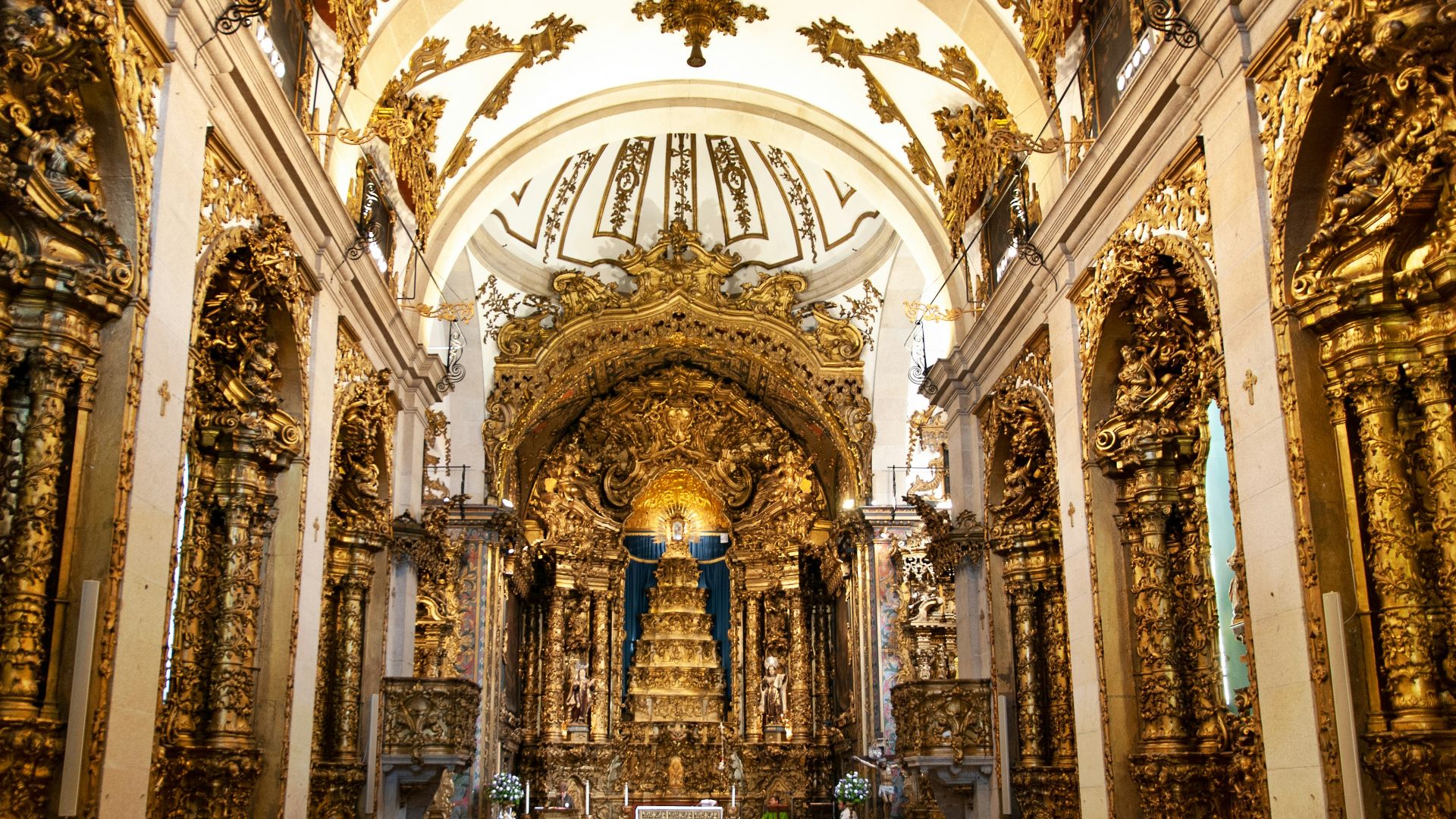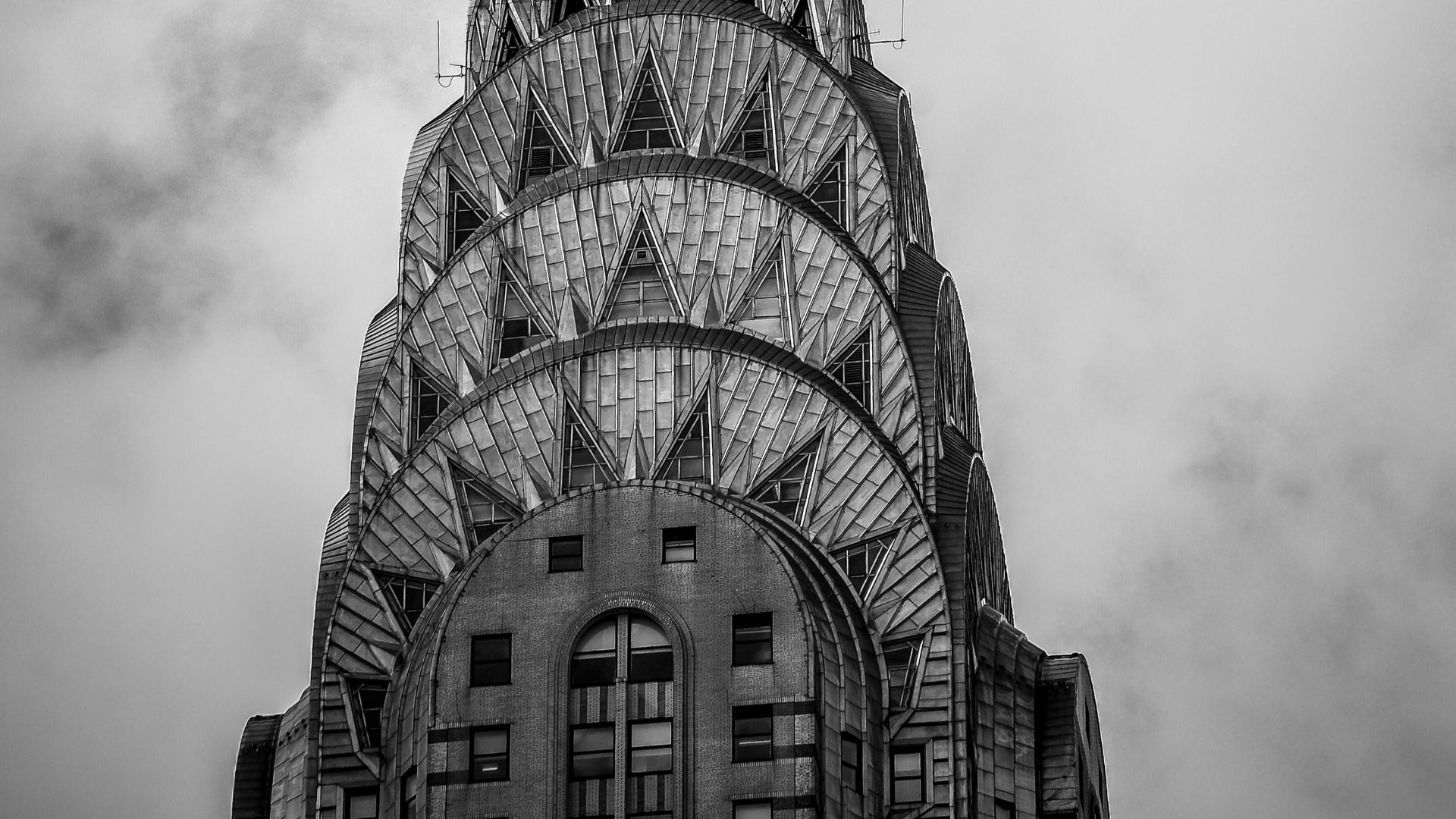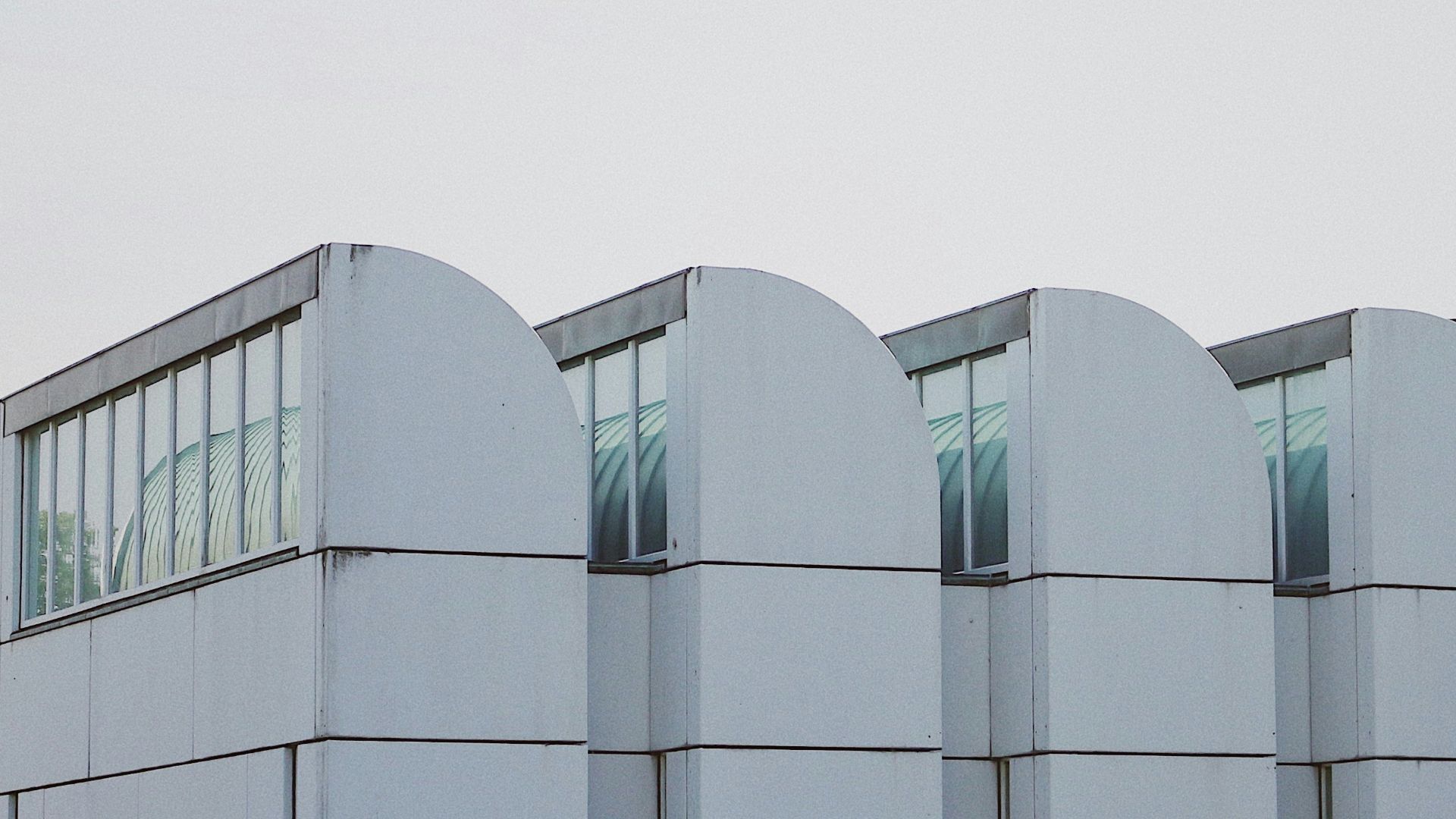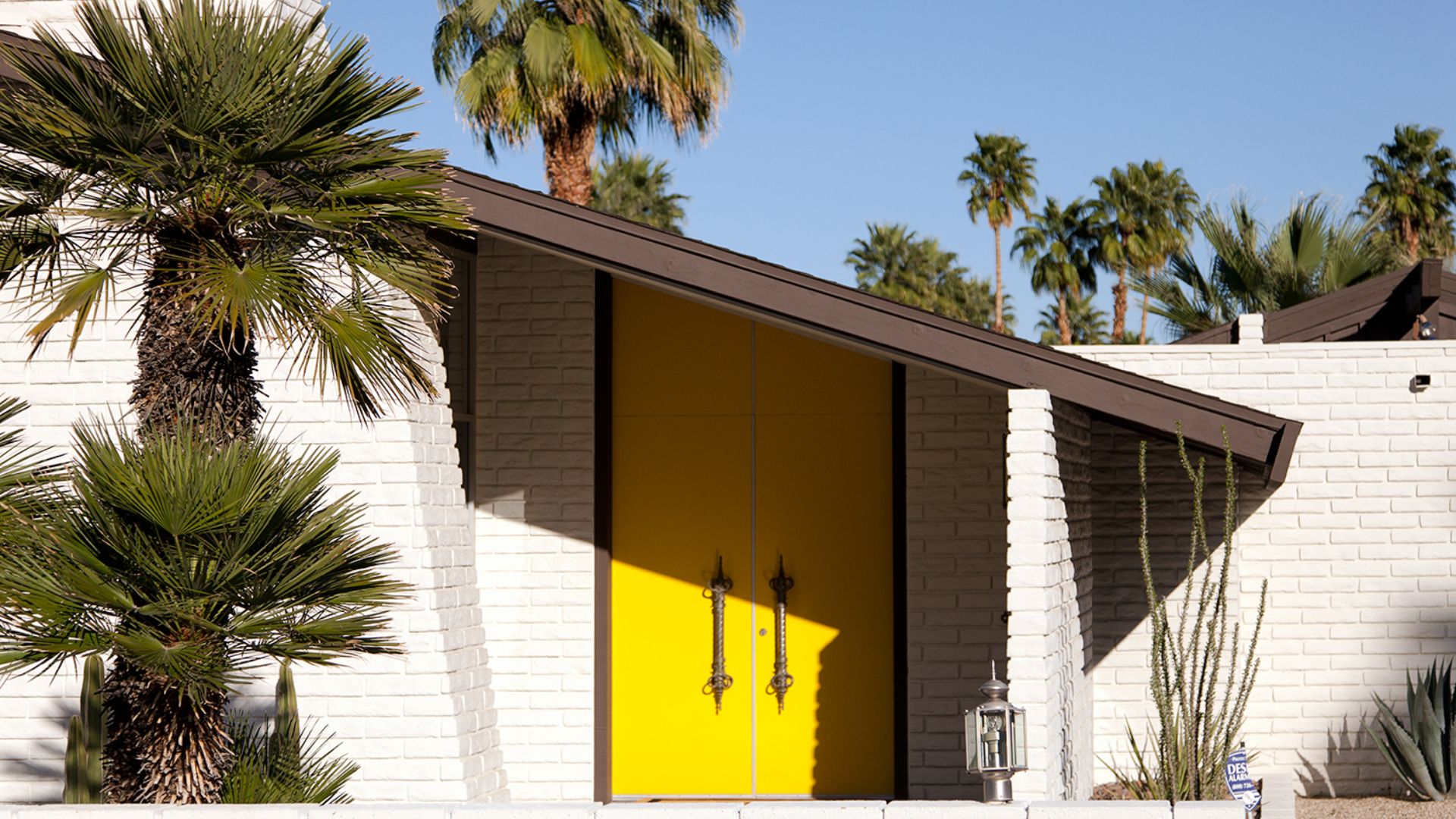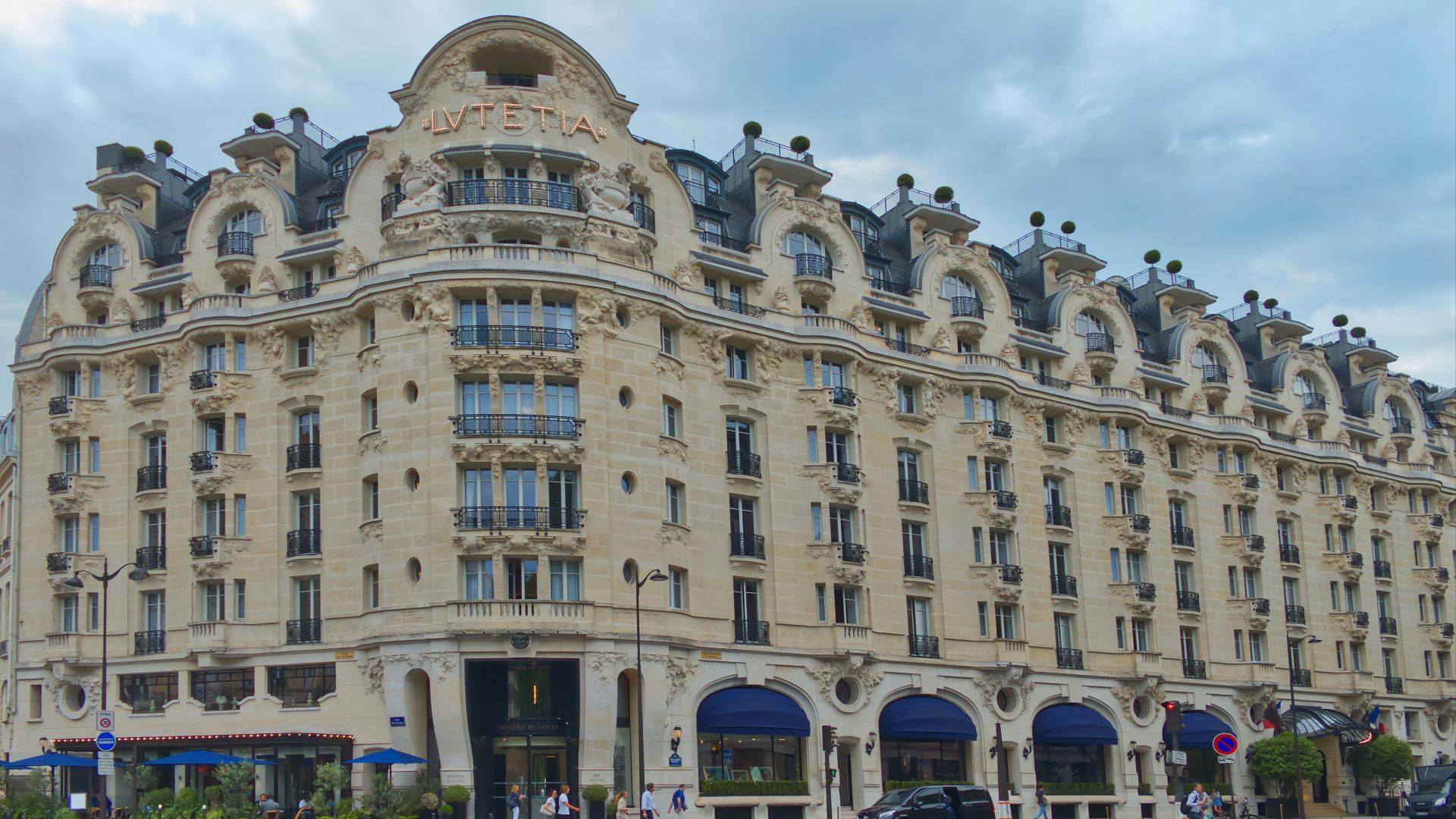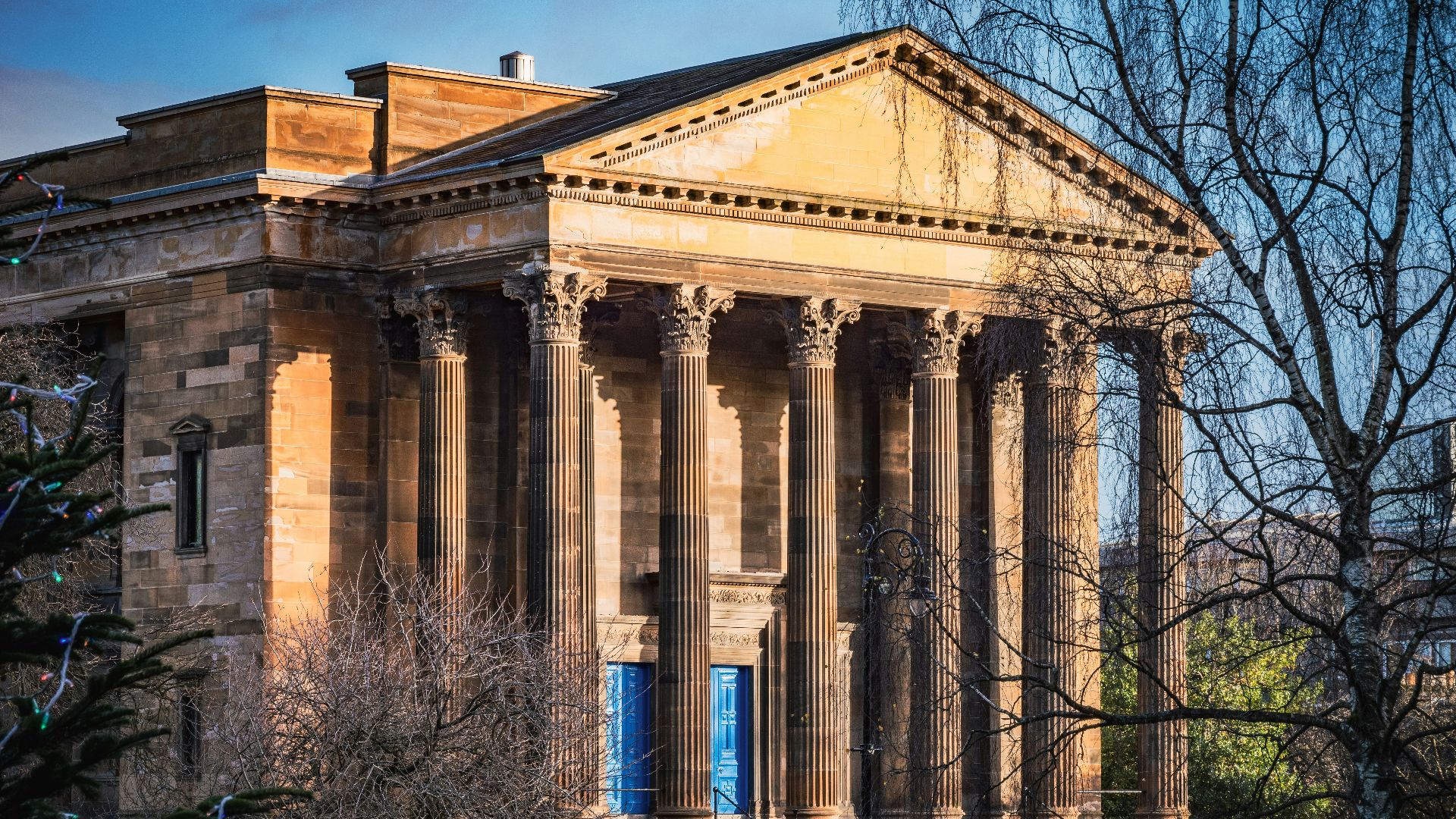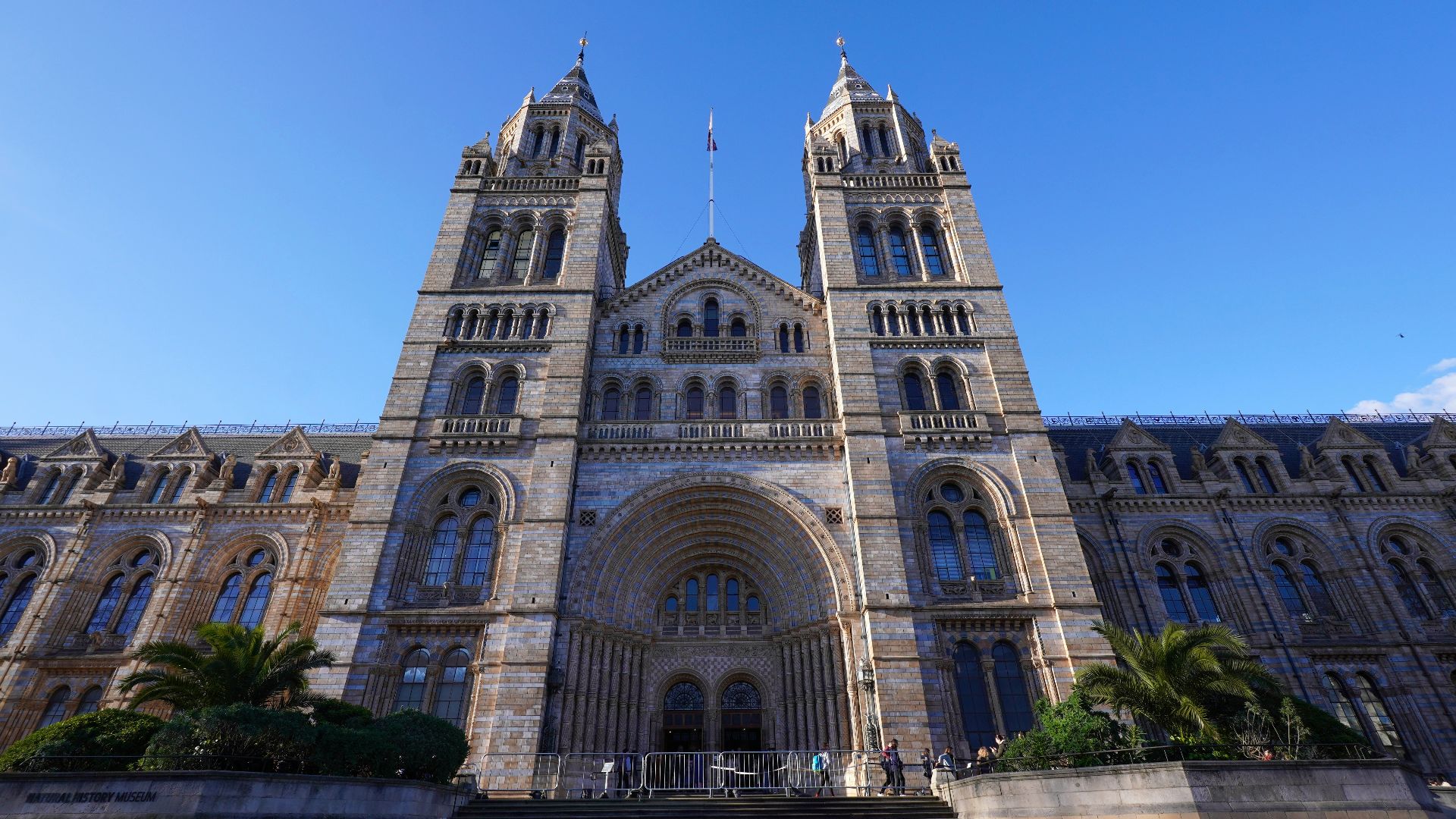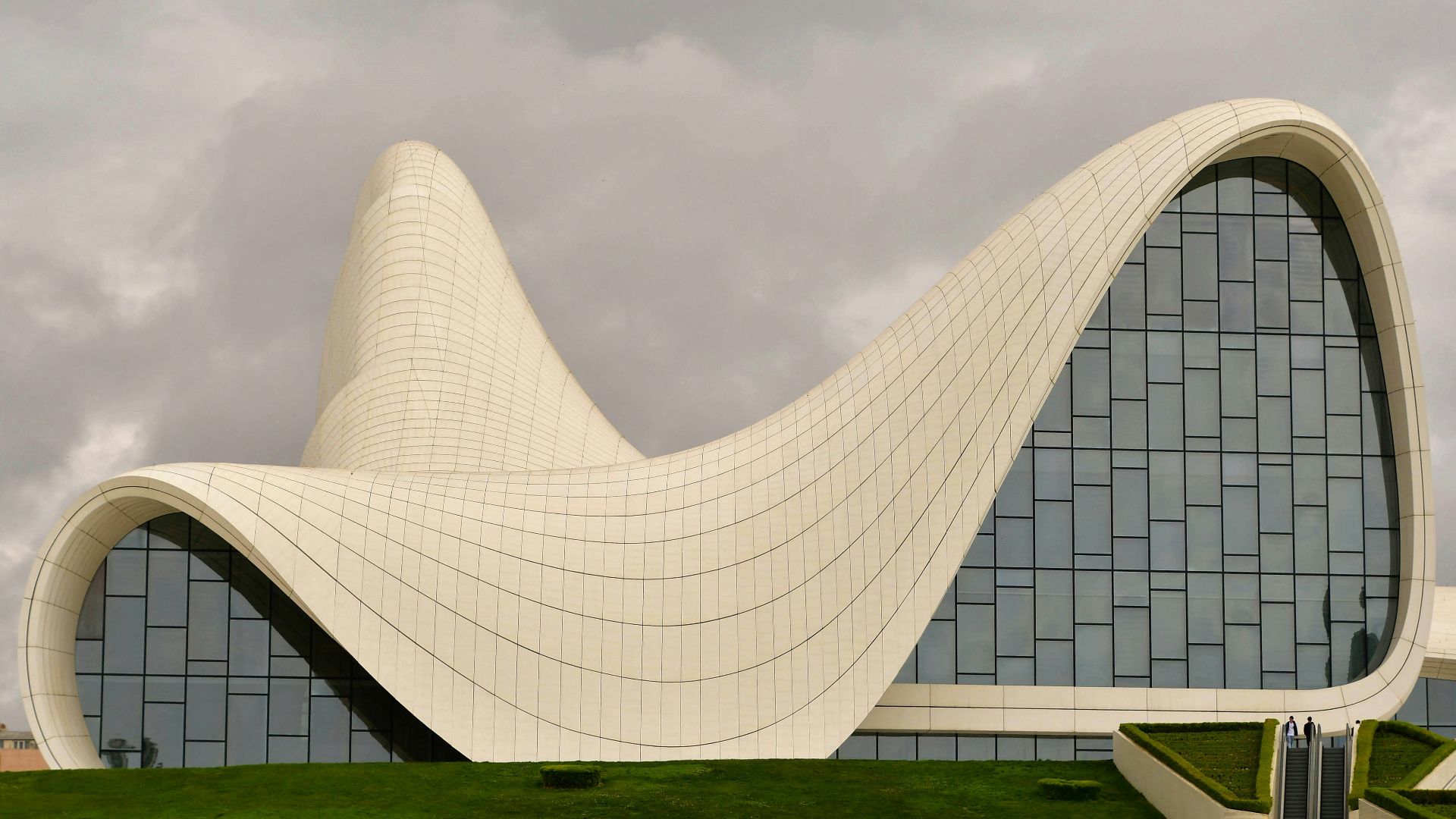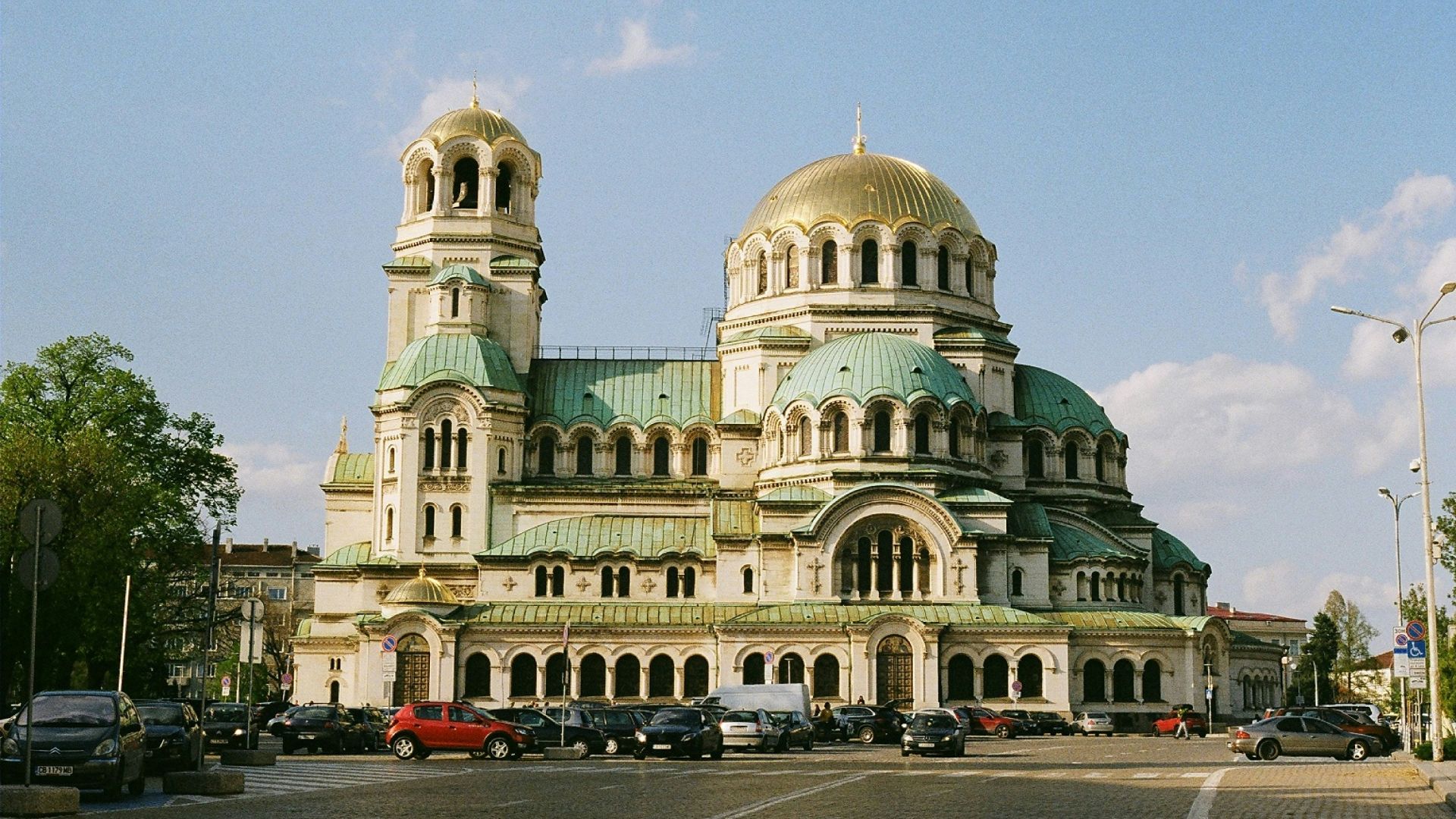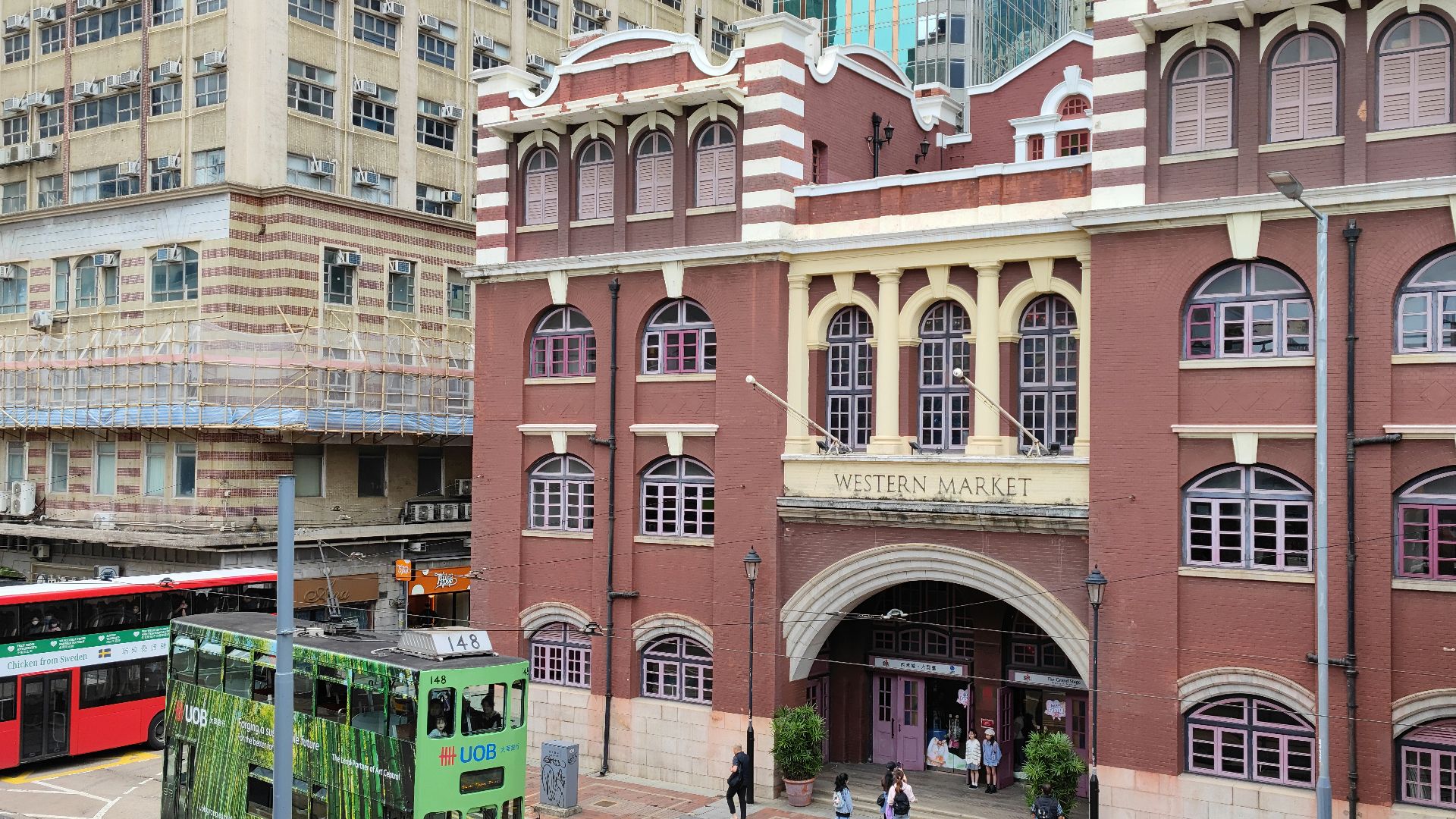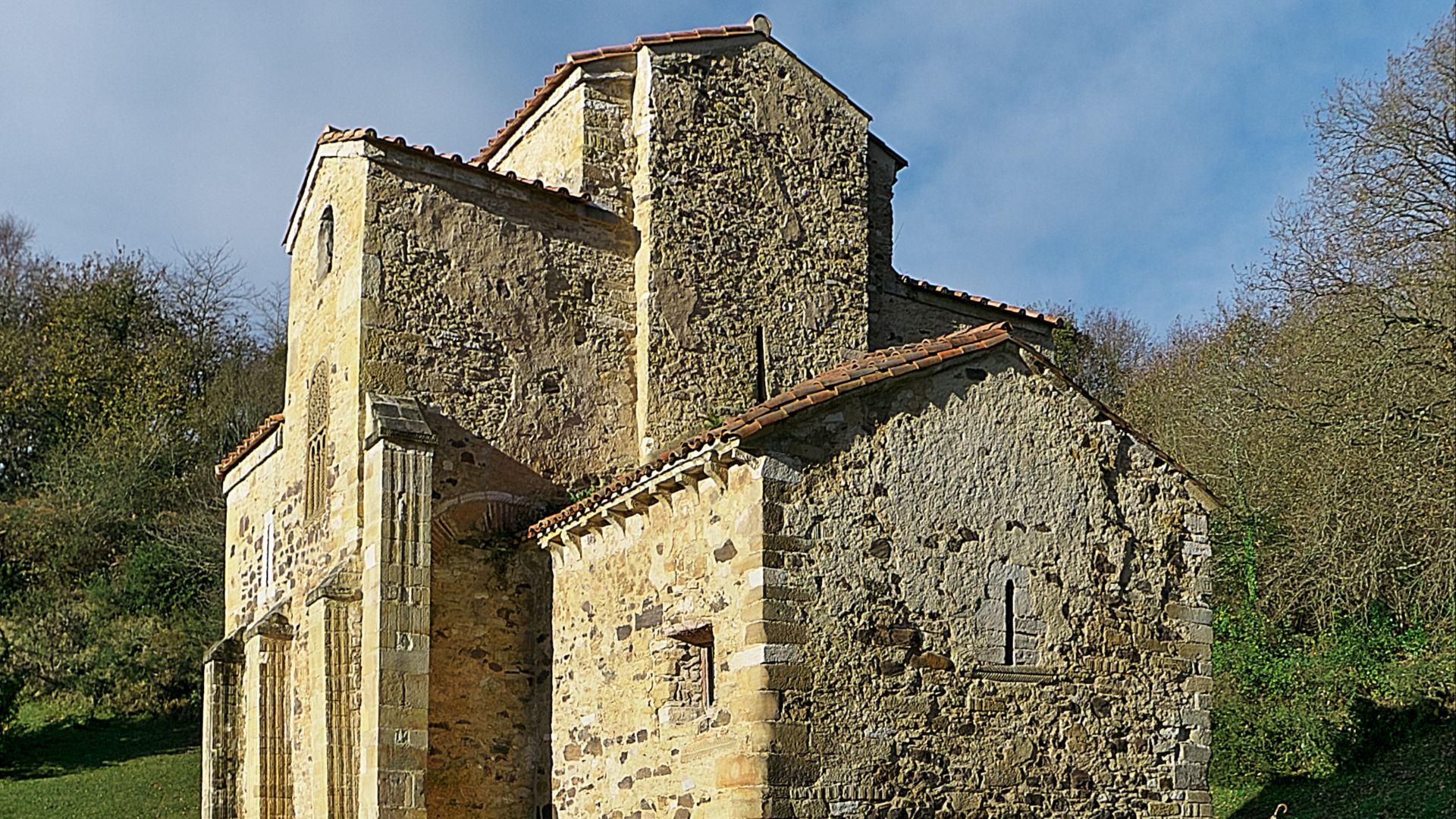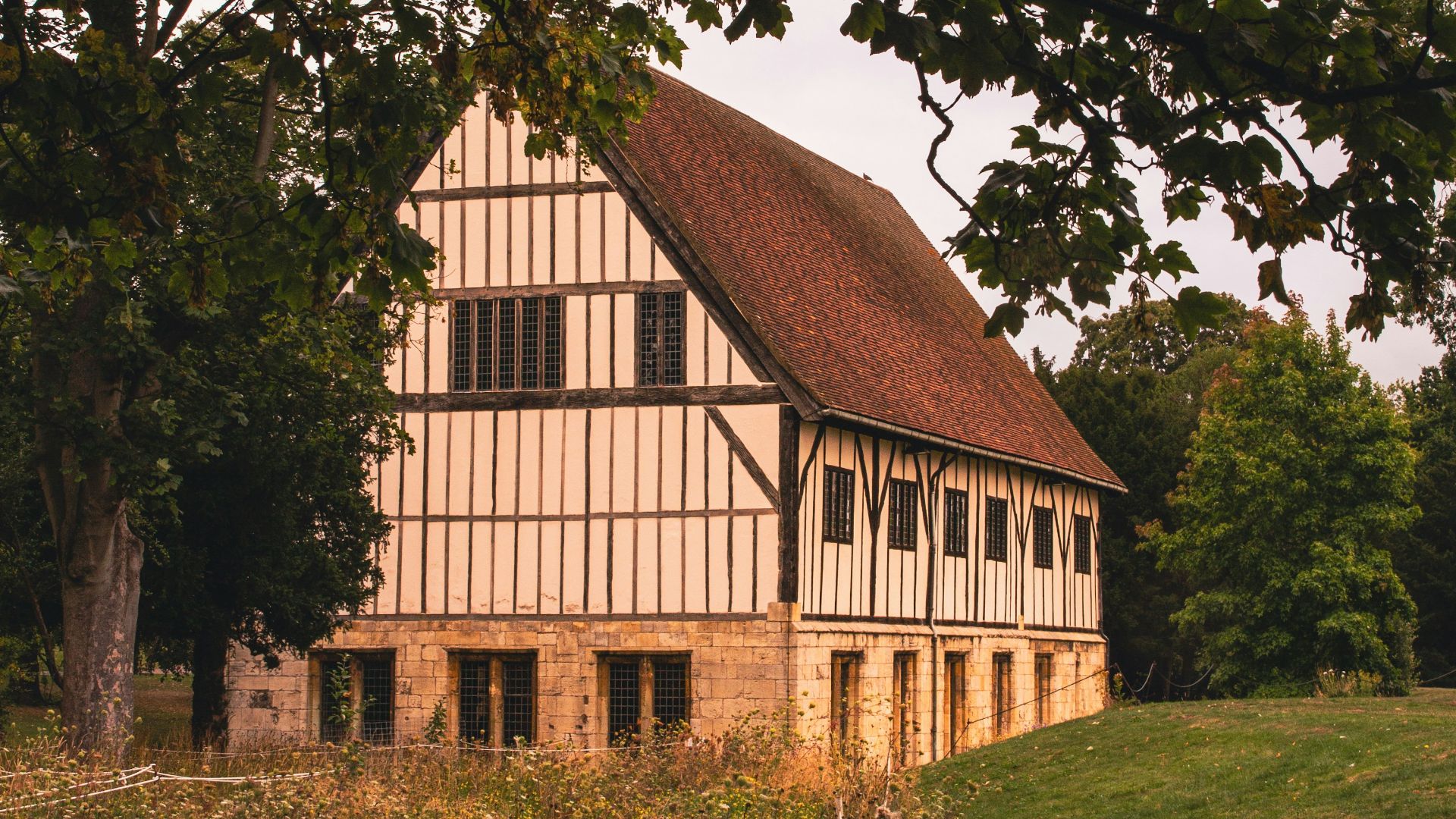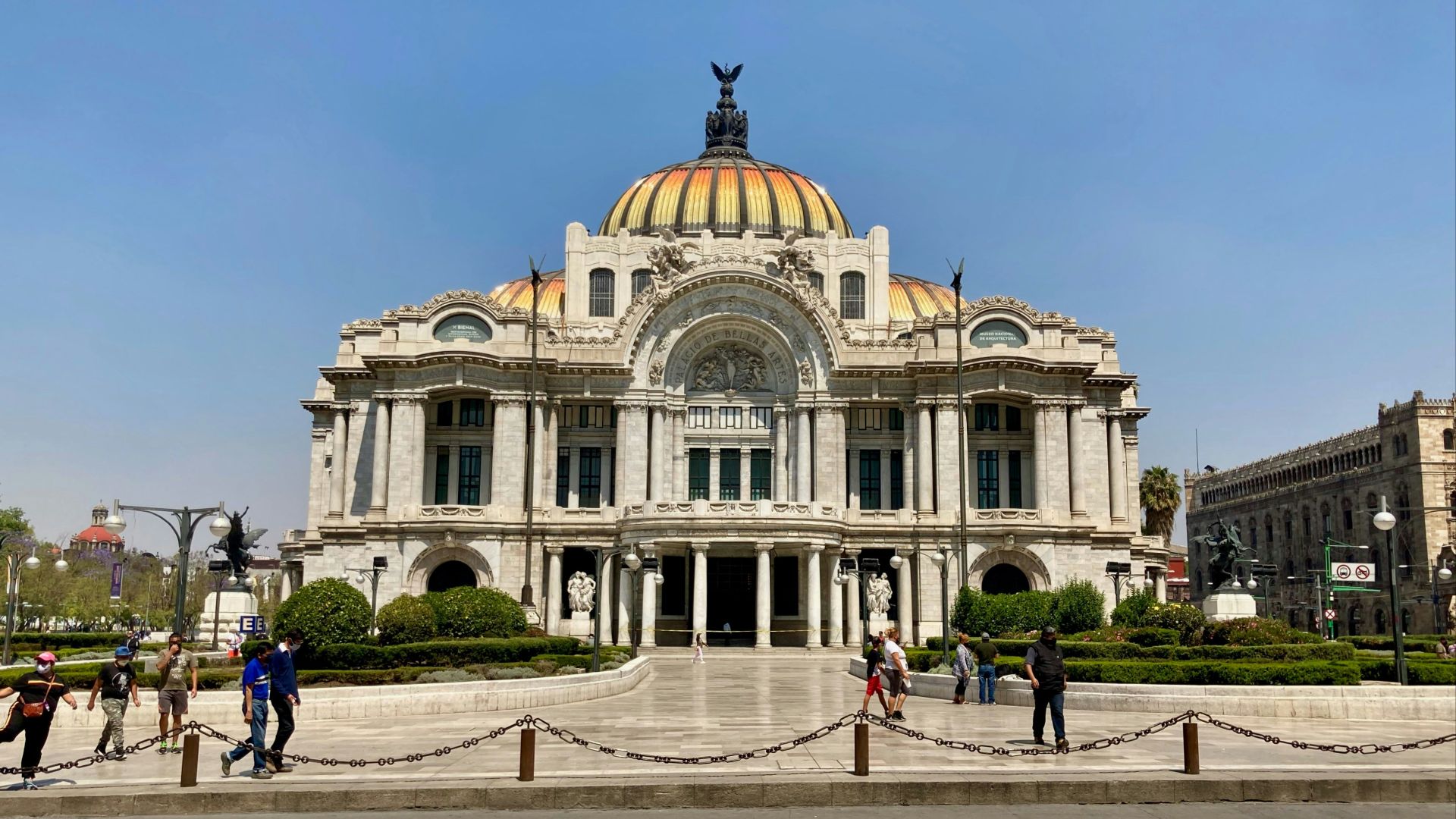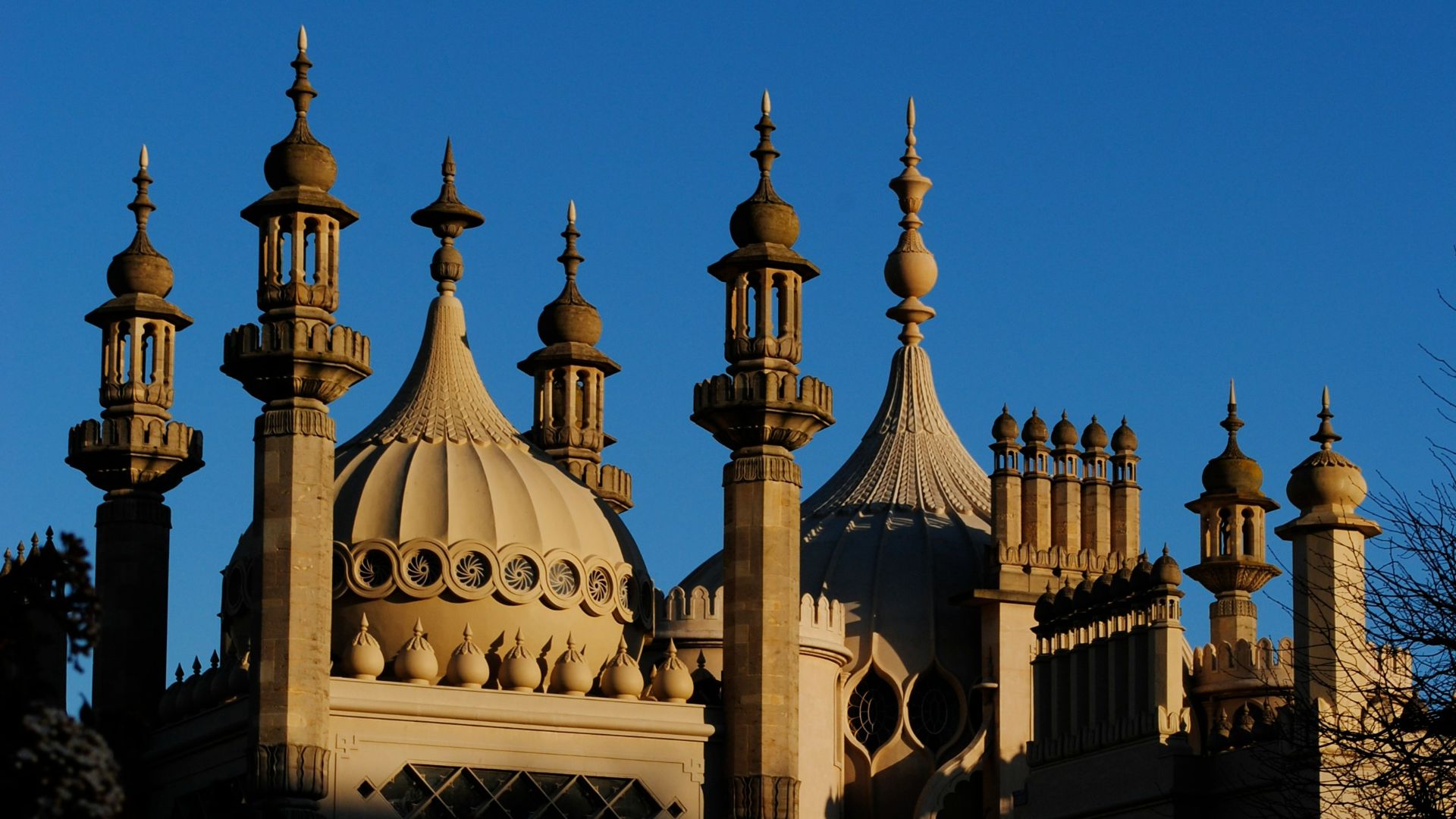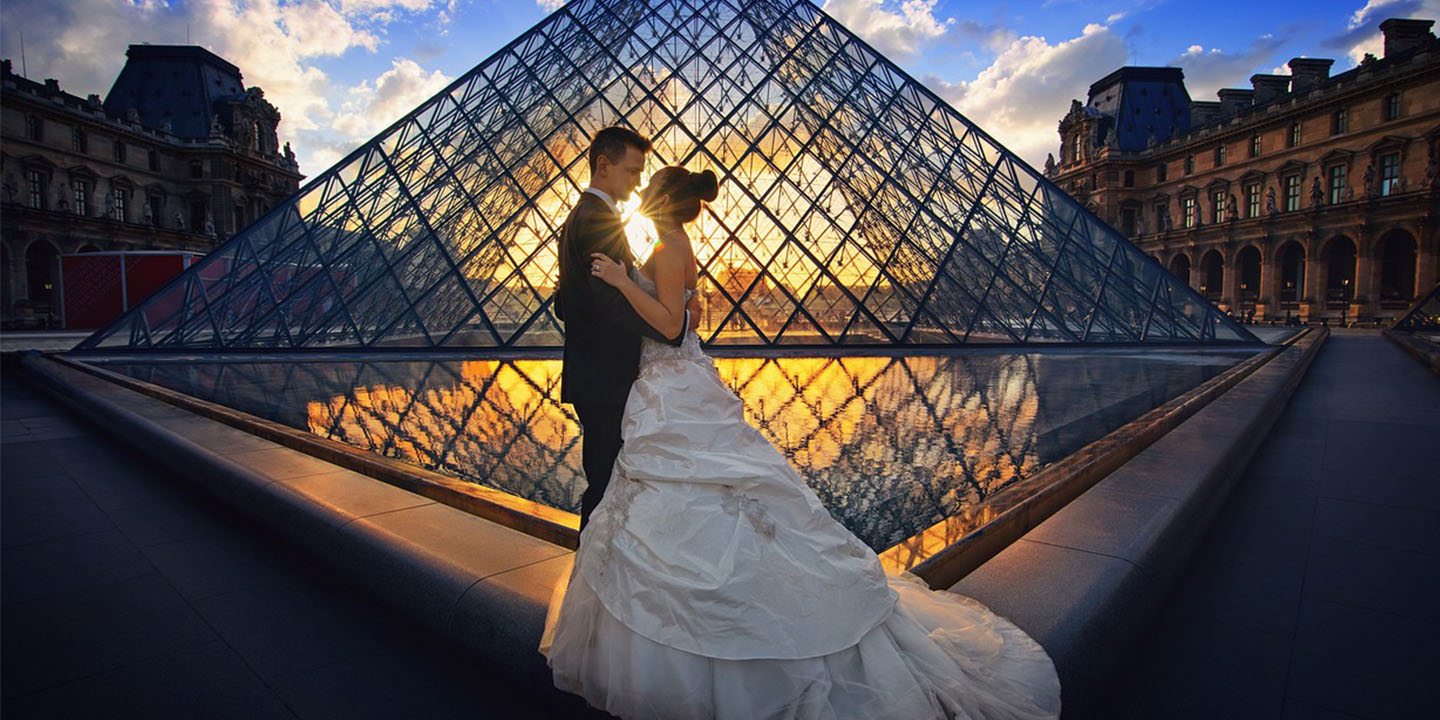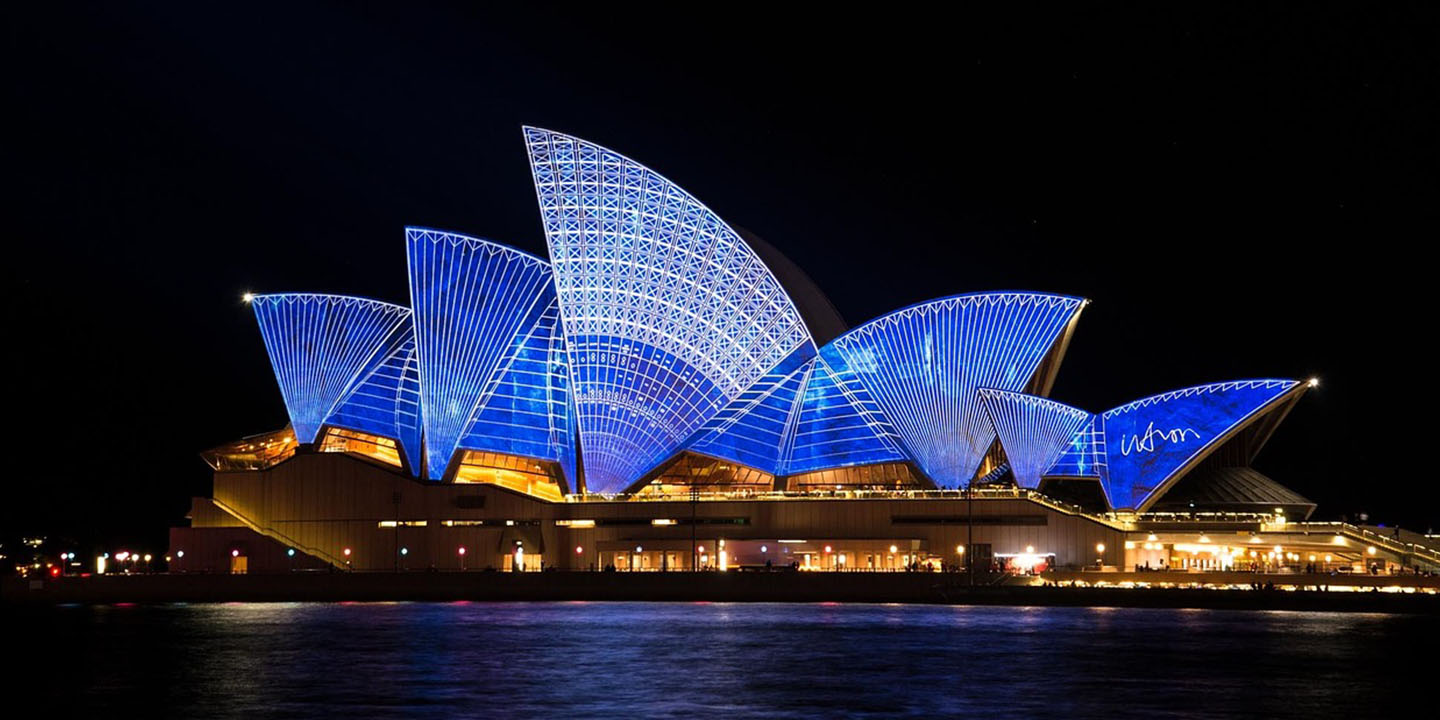Even A Brick Wants To Be Something
Buildings are so boring nowadays, aren’t they? Imagine if we all had the time and money to build a home that fit our exact aesthetics, instead of prioritizing efficiency and cleanliness. Luckily, we can turn to heritage sites, old cities, and museums to marvel at the imagination and creativity of architects from decades past. If you could pick any style in the world for your home, which one would you choose?
1. Gothic
This architectural style flourished across Europe from the 12th to the 16th century, during the latter half of the Middle Ages. It evolved from Romanesque architecture and was characterized by pointed arches, flying buttresses, elaborate tracery, and stained glass windows.
2. Neoclassical
This revival of the Classic architectural style appeared in the mid-18th century across Italy, France, and Germany. It’s considered one of the most prominent architectural styles in the Western World, and draws inspiration from ancient Greek and Roman temples.
3. Baroque
Baroque was a common style of architecture that first appeared in the late 16th century, moving across Europe and South America. It’s most often represented by grandeur, elaborate ornamentation, and dramatic curvature.
4. Victorian
Victorian architecture became popular around the 1850s, and uses a mix of Gothic Revival, Jacobethan, Renaissance revival, Neo-Grec, and other styles. It’s characterized by steeply pitched roofs, towers or turrets, elaborate trim, and wraparound porches.
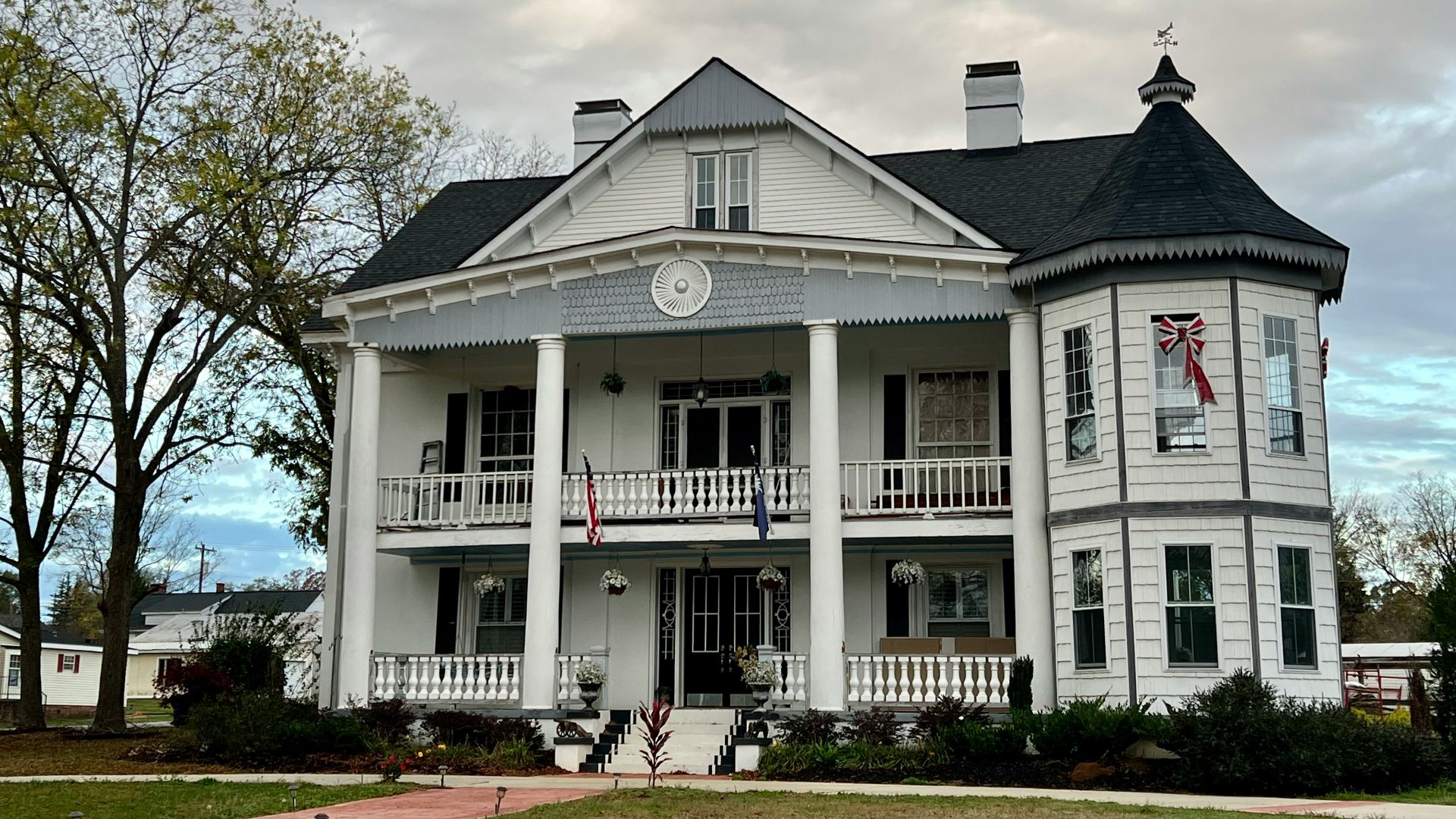 Stephanie Klepacki on Unsplash
Stephanie Klepacki on Unsplash
5. Colonial
This style is an umbrella term consisting of familiar settler design styles mixed with local characteristics. For instance, Spanish Colonial architecture blends stucco walls, red clay tile roofs, arched doorways and windows, and central courtyards.
 Adam Jones Adam63 on Wikimedia
Adam Jones Adam63 on Wikimedia
6. Art Deco
This influential style first appeared in Paris in the 1910s, but had a major influence on skyscrapers, bridges, furniture, cars, and so much more. It’s a blend of styles from China, Japan, India, Persia, Egypt, and the Maya.
7. Bauhaus
This modern style is based on a German art school that operated from 1919 to 1933. The style had a great influence on exterior and interior design, and is characterized by its minimalist aesthetic. It features clean lines, simple geometric shapes, and materials like glass, steel, and concrete.
8. Mid-Century Modern
Popular in the latter half of the 20th century, most predominantly in North America, Brazil, and Europe, MCM is characterized by clean, simple lines and a lack of embellishment. It emphasizes function over fashion, good craftsmanship, and incorporates woods like teak and walnut.
9. Art Nouveau
This architectural style was popular from 1890 to 1910 on an international scale. It was widely inspired by nature, most commonly plants and flowers. It incorporated iron, glass, ceramics, and concrete, and made use of asymmetry and large, flowing structures.
10. Greek Revival
Appearing in the late 18th and 19th centuries across Northern Europe, the United States, and Canada, this popular style used many forms and styles from Greece’s golden era. It featured symmetrical and balanced designs, large columns, and low-pitched roofs, mimicking the temples from time gone by.
11. Romanesque Revival
Incorporating elements of the Romanesque era of the 11th and 12th centuries, this 19th-century revival was characterized by heavy stone and brickwork, rounded arches, and squat columns. It was most commonly used for churches and universities, such as the University of California, Los Angeles, Denver, and Toronto.
12. Futurist
Born in Italy, this early-20th-century architectural style was heavily inspired by war. It incorporated dynamic lines, asymmetrical forms, and the incorporation of technology. It was most commonly made of modern materials, like steel, glass, and concrete. The style was revamped in the late 20th century as a way to improve the aesthetics and functionality of city design, often incorporating more environmentally-friendly materials.
13. Georgian
This architectural style was prominent between 1714 and 1830, and is named after the first four British monarchs of the House of Hanover. While “Georgian” is more of a descriptive word that represents all buildings built during this time frame, it is most commonly defined by symmetrical, clean lines, a central entrance, and ornate doorways.
14. Byzantine
This architectural style was popular for over 10 centuries, first appearing in the 4th century and waning in the 15th century. Early Byzantine structures were nearly identical to late Roman architecture, but soon evolved into their own style. Byzantine architecture is characterized by massive, central domes, intricate interior decoration, rounded arches, and mosaics.
15. Queen Anne Revival
This style of British architecture first appeared in the Baroque period during the reign of Queen Anne, but became popular again during the last quarter of the 19th century. It’s most commonly characterized by red brick, white woodwork, and decorative fixtures.
16. Pre-Romanesque
This period of European design lasted from 500 CE into the 11th century. It blended classical Mediterranean and Early Christian styles with Germanic ones, and is characterized by stone, small windows, and geometric patterns.
17. Tudor
This architectural style was the “final form” of Medieval architecture. Popular in England and Wales during the Tudor period, this style lasted from 1485-1603. It was a transitional style, incorporating both Gothic and Renaissance elements, and is characterized by steep gable roofs, half-timbering over stucco or brick, and large chimneys.
18. Beaux-Arts
This style of architecture was taught at the École des Beaux-Arts in Paris from the 1830s to 1900. It incorporated elements of French Neoclassicism, Renaissance, and Baroque elements, and most often used iron, glass, and steel. It's characterized by its symmetry, grandeur, layered facades, and grand staircases.
19. Indo-Saracenic
This style was most commonly used in India and blended elements from Indo-Islamic, Mughal, Gothic Revival, and Neo-Classical architecture. It was popular in the latter half of the 19th century and is often characterized by bulbous domes, pointed and cusped arches, open pavilions, and overhanging eaves.
20. Eclectic
This architectural style was popular during the Revival Movement of the 19th and 20th centuries. It often blended Renaissance, Baroque, and Neoclassical styles, blending historical motifs with newer materials.



